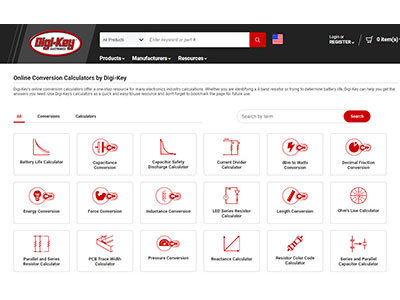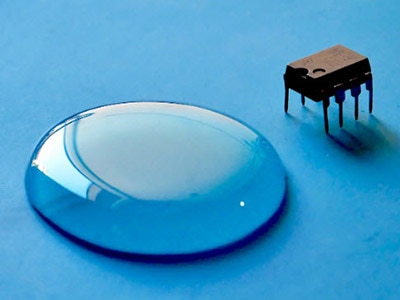Battery Corrosion: Prevention and Treatment
2024-12-18 | By Antonio Velasco
For any outdoor applications where you have an exposed battery that’s used for a long time, something that you might notice over time is the build-up of a limestone-like material on your leads. Don’t panic, though! This is an extremely common issue that occurs because of typical usage and can be treated very easily. In this blog, we’ll talk about how this corrosion occurs and what you can do about it!
So, what is this white-green-blue crust on my battery leads?
The build-up on the exposed metal of battery leads is simply the result of a chemical reaction. Batteries work by converting stored chemical energy within them into electrical energy, and everyday outdoor conditions, particularly humidity, will result in an unintended reaction. The chemicals within the battery, coupled with the humid air, produce a corrosive compound as a byproduct, which will quickly accumulate throughout the battery terminals. Alkaline and lead-acid batteries are particularly vulnerable due to their internal design.
For example, most car batteries produce a gas byproduct because of the chemical reactions within them whenever they’re producing energy. This gas can easily react with the air and metal terminals, resulting in corrosion.

Alkaline batteries can corrode because of battery leakage, on the other hand, and should be replaced immediately if it happens.

How can I prevent this from happening?
The easiest thing to do is to prevent the reaction altogether! This can be done by removing one of the elements of the reaction, most commonly the metal. Ensuring that exposed terminals are properly covered/insulated will prevent the reaction altogether. Another easy thing to do, if you cannot cover the terminals (like in car batteries) is to cover it in a non-reactive/conductive grease, such as petroleum jelly. This will prevent the metal from coming into direct contact with the air. Most importantly, check the battery often! If it’s an alkaline battery, it’s important to replace it to reduce the chances of a dangerous short. If it’s a lead-acid battery, make sure to treat it to ensure conductivity remains constant.
So, how can I treat a lead-acid battery?
For this portion, we’ll utilize my car battery as a case study! I recently bought a used car and had to deal with a corroded battery on it:

As you can see, it’s not great at all! Looks unsalvageable, doesn’t it? There’s rust on the battery tie, along with a ton of corrosion on the battery leads.

*Make sure to practice adequate high-voltage safety and take any precautions necessary when working with car batteries!
The first step was to buy a new battery tie/bar, but other than that, all I needed was some baking soda and a wire brush! The strategy here is to combat the accidental chemical reaction with a different reaction. This corrosion is mostly acidic and, as a result, will easily come off with a basic, neutralizing substance (in this case, baking soda).
So, next, we unplugged the battery to take it out of the car. Please note that whenever taking off leads from a car battery, it’s important to take off the ground lead first and then the positive lead. This is because the metal frame of the car is essentially grounded, and if the positive terminal were to touch any metal part of the car when the battery is live, it would result in a short! Be careful!
Then, we unscrewed the car connectors from the battery lines and dunked them into a baking soda-water mix to remove all of the corrosion.
Here, you can see the water turning blue (and fizzing), showing that it’s working! Make sure that the terminal connectors are not connected to the main wire for the car before dunking it in this solution. If you cannot detach the connectors, you can utilize cotton swabs or a paper towel to wipe them and react off the solution.
For the battery terminals themselves, we simply wiped them with the baking soda solution and used the wire brush to get some of the deeper corrosion off. Note that the wire brush may also strip the terminals a bit, so to make sure that the connections will still have a tight fit, avoid brushing hard!
Finally, make sure everything is dried before putting it all back together. The liquid byproduct of the corrosion-baking soda reaction should not be dumped anywhere—make sure to dispose of it safely as your county recommends. It can be potentially harmful to the environment!
Now, we come to the final product:

Almost like night and day! To be honest, I thought the brown on the positive (red) connector was rust when I first looked at it, and I thought that I would have to replace it. After removing the corrosion, I find that it’s copper, and salvageable after all!
After this, we applied an anti-corrosion chemical to the terminals to ensure this doesn’t happen again. For any project (and your car), make sure to take care of your batteries and check them regularly! Battery corrosion can result in projects failing and unintended shorts, so it’s important to know how to prevent and treat it!
















